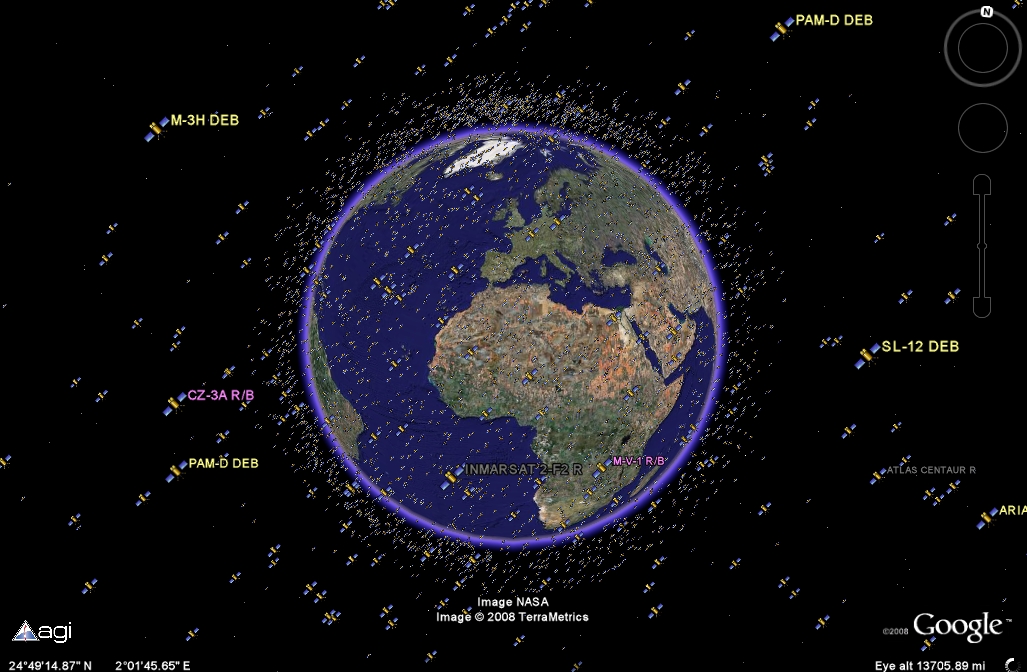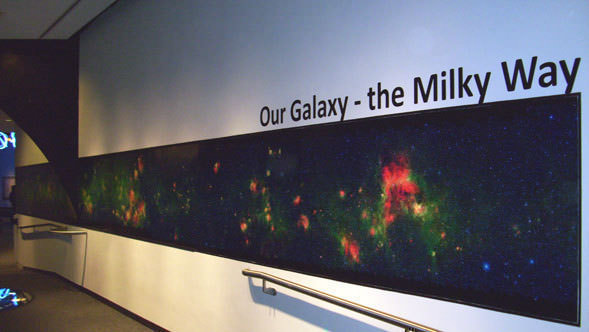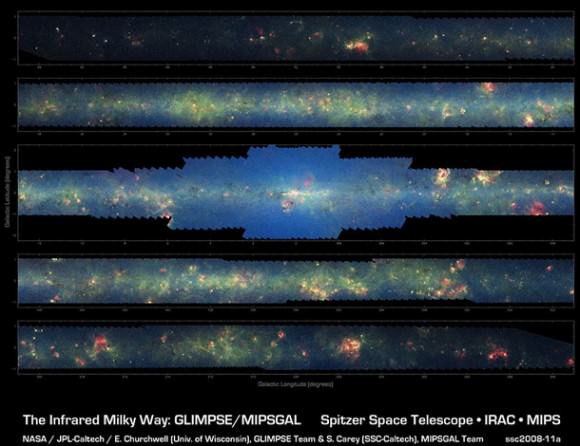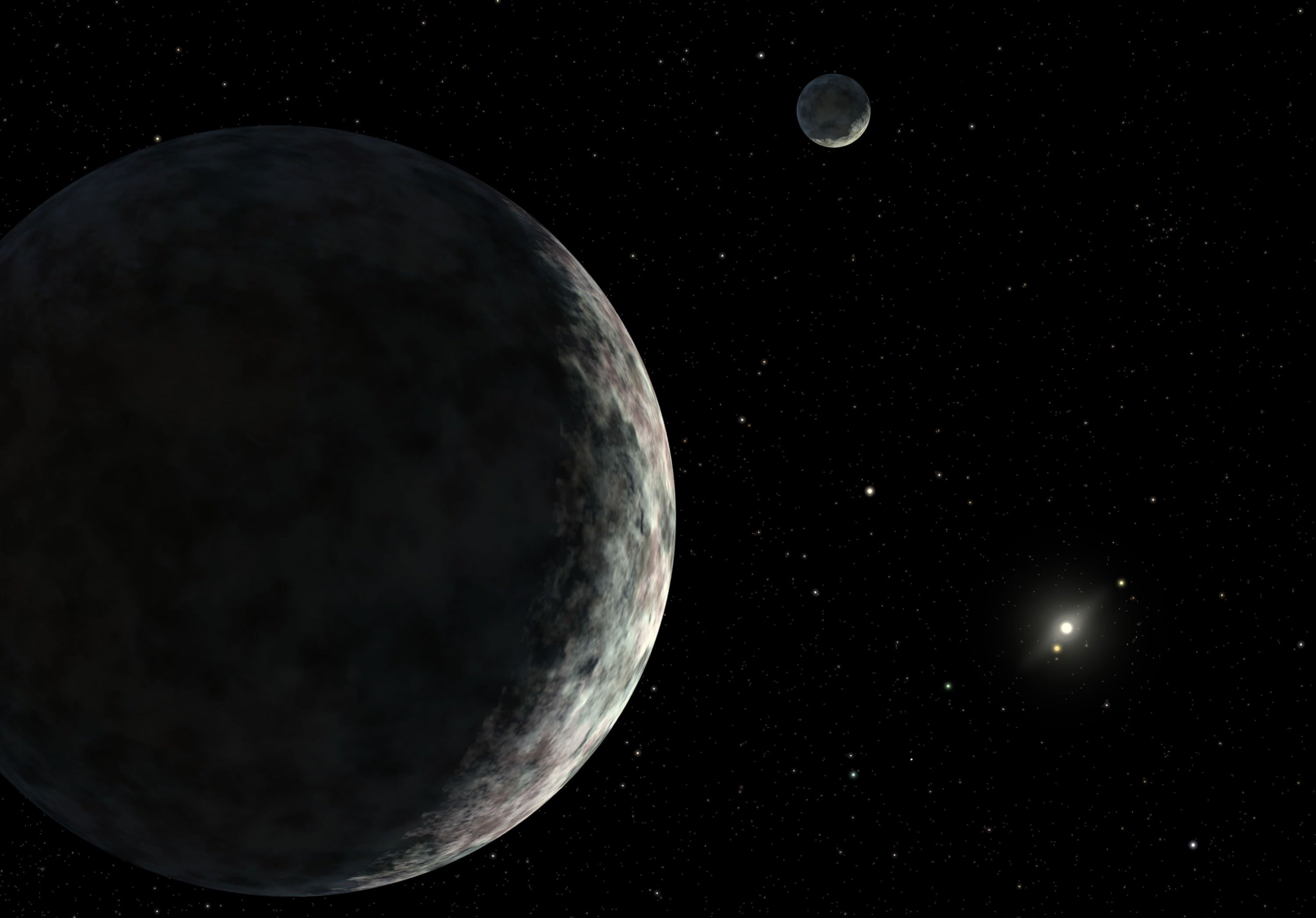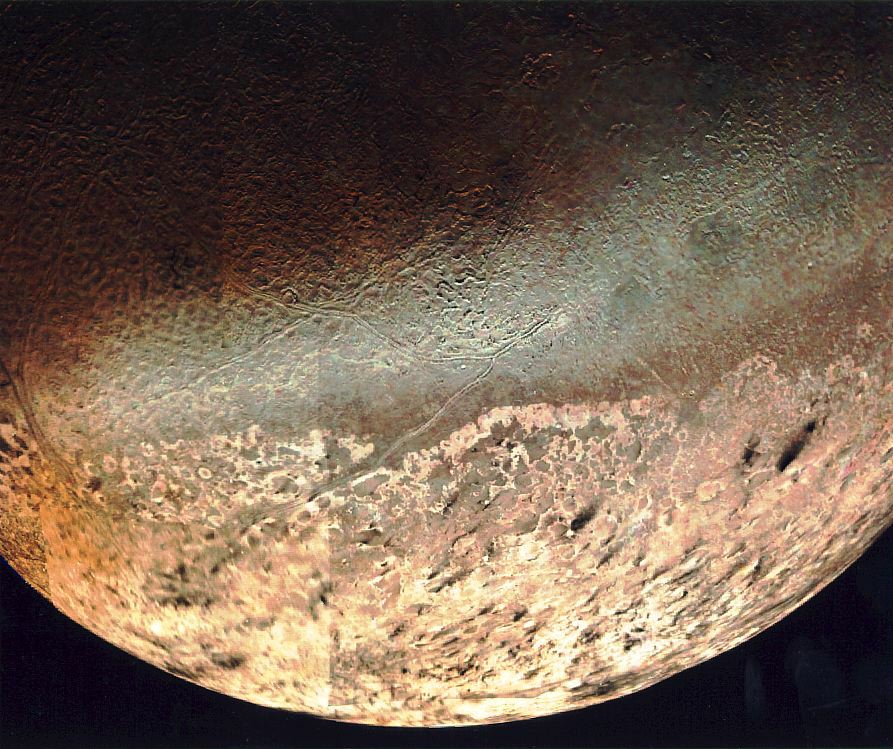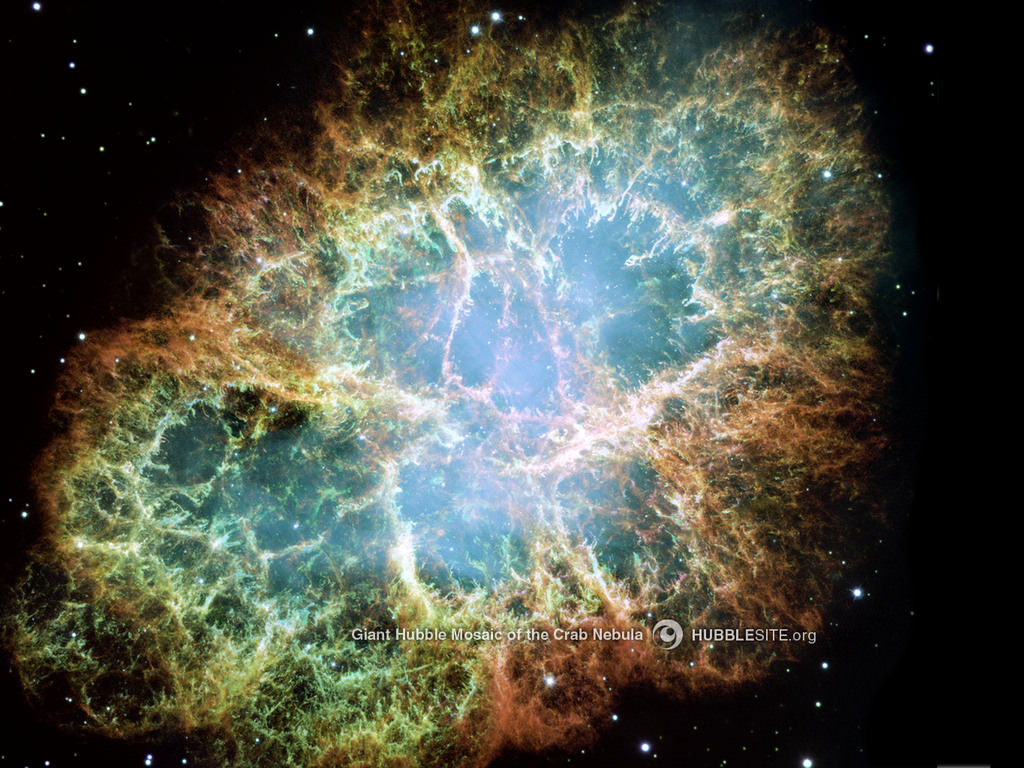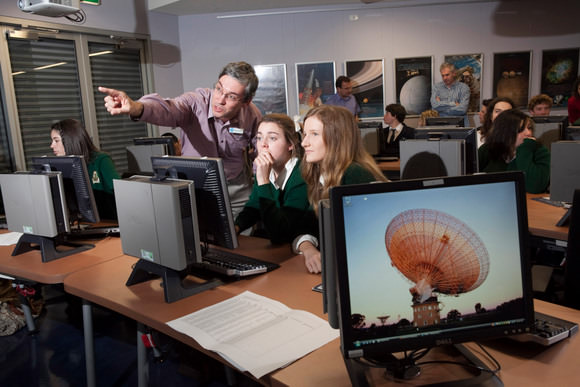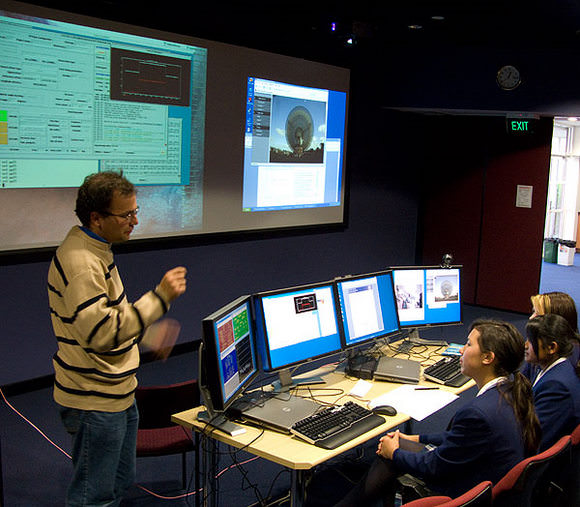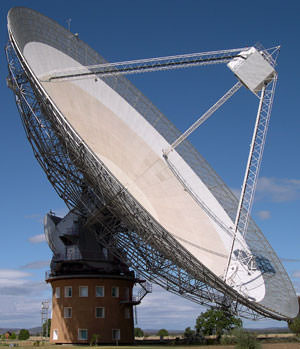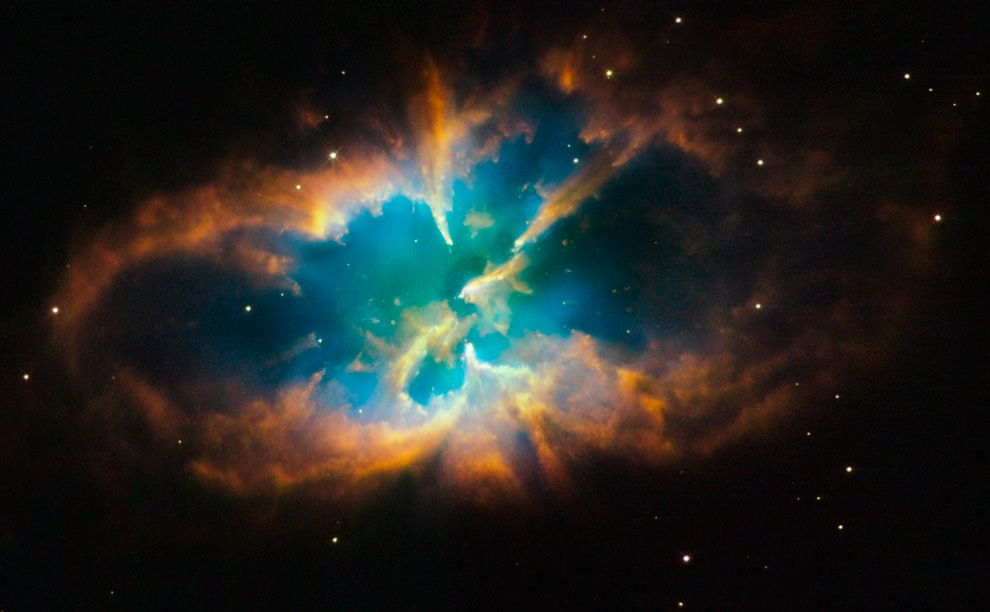[/caption]
There was an email going around a few years ago talking about “the Eye of God”. This photo was actually an image of the Helix Nebula taken by the Hubble Space Telescope.
The Eye of God nebula is a bright planetary nebula located about 700 light-years away in the constellation Aquarius; it’s also known as NGC 7293. In fact, the Helix Nebula is probably the closest planetary nebula we can see in the sky, and it shows the future that stars like our Sun go through when they run out of fuel and puff out their outer layers.
It’s thought that the Helix Nebula is actually cylindrical shaped. From our perspective, we’re looking down the cylinder to see the central star. Astronomers estimate that the Helix Nebula is about 10,600 years old, based on the rate of expansion of the nebula.
With the power of the Hubble Space Telescope, astronomers were able to see knots of material in the nebula. They’ve now discovered more than 20,000 of these cometary knots in the nebula. These knots have cometary tails, and it’s been discovered that they can collide with one another.
Here’s the email you might get:
Subject: Fw: Eye of God
This is a picture taken by NASA with the Hubble telescope. They are referring to it as the “Eye of God”. I thought it was beautiful and worth sharing.
Some emails even say that this is a rare event that only happens once every 3,000 years. The reality is that this is just a beautiful photograph taken by the Hubble Space Telescope. There are other images that have been taken by other telescopes and they look beautiful as well.
We’ve written several articles about the Helix Nebula for Universe Today. Here’s an article about a new view into the Helix Nebula, and here’s an article about comets colliding inside the Helix Nebula.
If you’d like more info on the Helix Nebula, here’s a nice picture from the La Silla Observatory at Astronomy Picture of the Day.
We’ve also recorded an entire episode of Astronomy Cast just about nebulae. Listen here, Episode 111: Nebulae.


